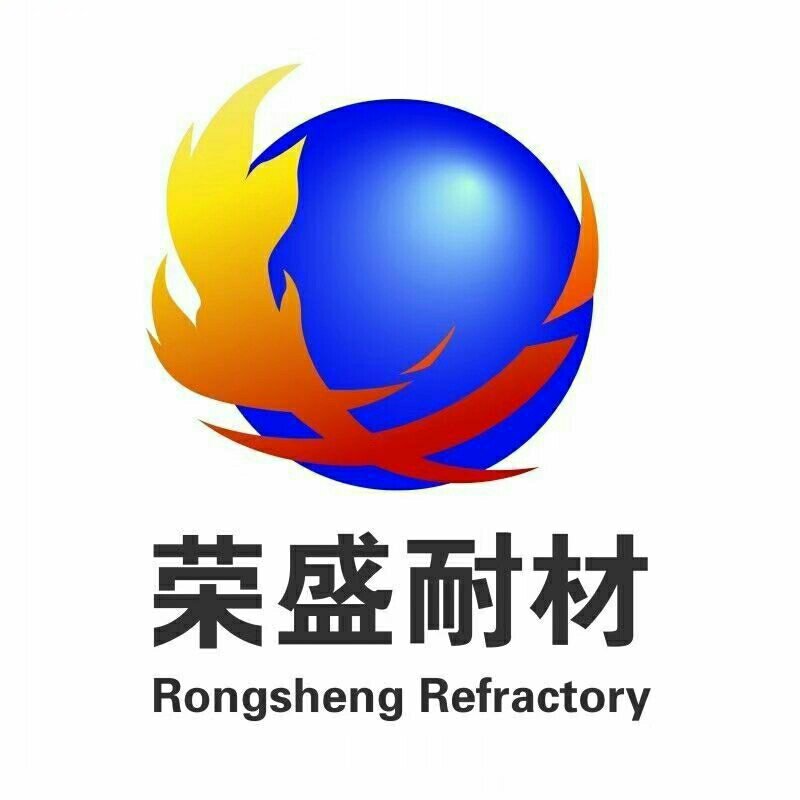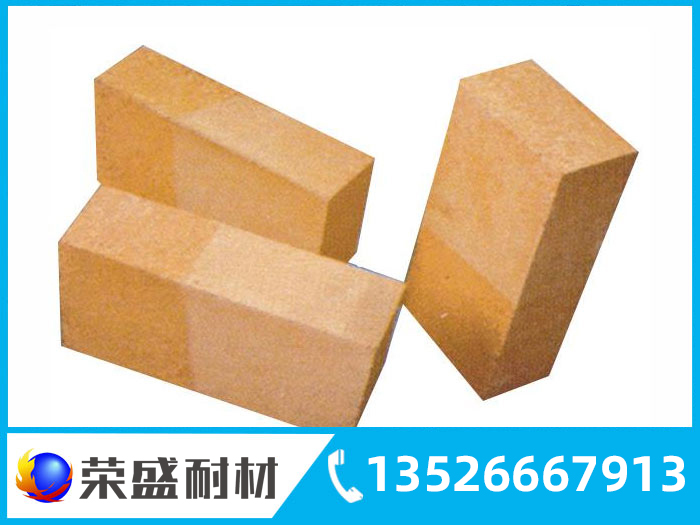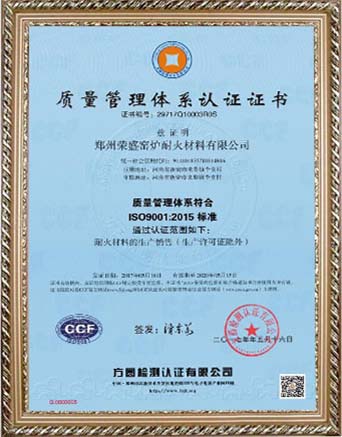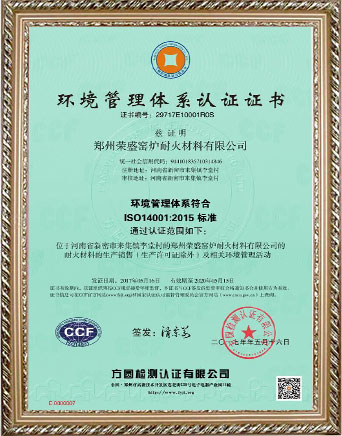Product Details
Product Introduction
Magnesia-alumina bricks, produced predominantly by Rongsheng Kiln Refractory Materials Co., Ltd., are categorized into three distinct types: ordinary magnesia-alumina bricks, magnesia-alumina spinel bricks, and modified magnesia-alumina spinel bricks. Their key raw materials comprise high-alumina bauxite clinker, sintered magnesia, and high-purity pre-synthesized magnesia-aluminum spinel. At elevated temperatures, the magnesia-alumina spinel mineral phase formed enhances thermal expansion consistency and minimizes the thermal expansion coefficient, which markedly boosts thermal shock resistance and thermomechanical attributes. Ordinary magnesia-alumina bricks are extensively utilized in a variety of high-temperature furnaces, including steel-making open-hearth furnaces, electric arc furnaces, glass kilns, refractory product firing tunnel kilns, and shuttle kilns. On the other hand, magnesia-alumina spinel bricks are particularly suited for high-temperature applications such as the transition zones in cement rotary kilns, lime kilns, glass kilns, and external refining devices, thanks to their remarkable resistance to corrosion, oxidation-reduction stability, and high-temperature volume maintenance. The modified magnesia-alumina spinel bricks have been specifically engineered for the firing zones of cement rotary kilns, significantly enhancing their resistance to alkali vapor and cement clinker liquid phase permeability, while also improving their resilience against mechanical stress, thereby addressing the limitations faced by traditional magnesia-alumina bricks in these critical areas. In tape-forming scenarios, traditional materials often encounter tissue embrittlement and structural flaking; however, the improved formulations help mitigate these issues. In summary, magnesia-alumina bricks stand out in various high-temperature kiln applications due to their consistent chemical composition, diverse configurations, and superior performance, assuring their exceptional quality and reliability in demanding thermal environments.
Advantages and features
1. Outstanding thermal shock resistance: The magnesium-aluminum spinel mineral phase exhibits excellent thermal expansion uniformity along with a minimal thermal expansion coefficient; 2. Remarkable high-temperature dimensional stability: The magnesia-alumina spinel bricks retain a consistent volume structure even in elevated temperature conditions; 3. Superior corrosion resistance: Magnesia-alumina spinel bricks demonstrate exceptional resistance to both oxidation and reduction processes; 4. Enhanced mechanical stress resistance: Modified magnesia-alumina spinel bricks greatly enhance the capability to withstand mechanical stress, effectively preventing tissue embrittlement and structural spalling; 5. Consistent chemical composition: Utilizing premium raw materials such as high-purity pre-synthesized magnesium-aluminum spinel ensures the reliability and stability of product performance.
Application Scenario
1. Ordinary magnesia-alumina bricks are ideal for high-temperature applications such as steelmaking open-hearth furnaces, electric furnaces, and tunnel kilns; 2. Magnesium-aluminum spinel bricks are particularly well-suited for equipment with stringent high temperature volume stability requirements, such as the transition zones in cement rotary kilns; 3. Modified magnesia-alumina spinel bricks cater to equipment that endures significant mechanical stress at elevated temperatures, such as the firing zones of cement rotary kilns.
















